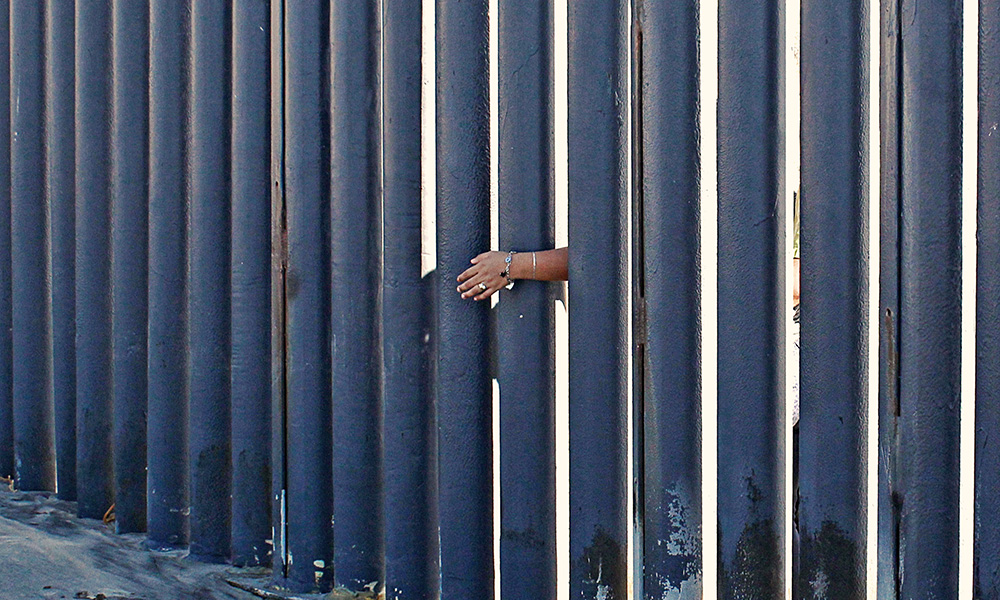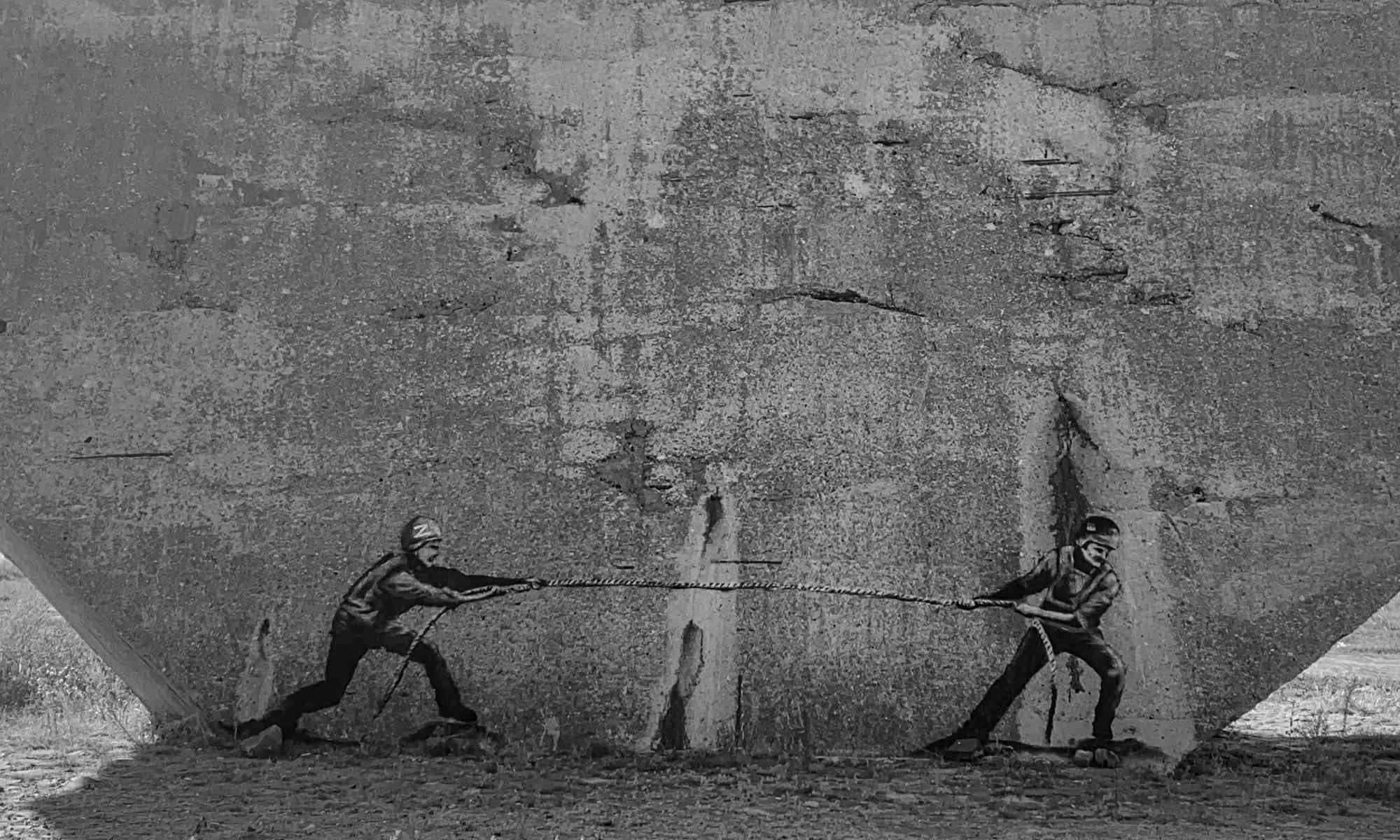Is there a crisis at the US-Mexican border? And if so, is it humanitarian, economic, political, or all three?
Daniel Reichman, an associate professor and chair of anthropology at the University of Rochester, is an expert on Central American migration to the United States and the author of The Broken Village: Coffee, Migration, and Globalization in Honduras (Cornell University Press, 2011).
The Central American immigrant population in the United States is almost ten times as large as it was a generation ago, increasing from about 350,000 to more than 3 million between 1980 and 2015.
The reasons for the rise are more complicated than what’s often presented in the news. Reichman offers a brief overview of the history of Central American migration to the US—particularly in the last 40 years—as well as his opinion of what might constitute a better approach to Central American migration.
There’s long been migration to and from the United States from Central America. Large-scale migration, however, began in the early 1980s.
“The US has been a dominant economic force in the region for more than a century, and there was always some minor back and forth movement of people, facilitated by trade in commodities like sugar, coffee, and bananas. Whenever boats carried goods, they also carried people. Modern, large-scale migration began in the early 1980s, when refugees from civil wars in El Salvador, Nicaragua, and Guatemala began to head north to flee violence in their home countries. Hondurans began to migrate in large numbers after Hurricane Mitch devastated the country in 1998.”
There are key distinctions, however, between the large-scale migrations of the 1980s, and those taking place today.
“The first is economic. Since the 1990s, the economies of El Salvador, Guatemala, and Honduras have become heavily dependent on remittances, the money sent home by migrants abroad. In some years, remittances account for more than 20 percent of the gross domestic product (GDP) in these countries. There is no way for those countries to survive without remittances. In the US, a shift from a manufacturing economy to a service economy has created a new demand for workers, particularly in food service, construction, hospitality, and health care. The pull of a strong US economy is important; if there are jobs waiting, people will come. Day laborers in Central America earn in one day what they could earn in a half hour in the United States, so people are willing to take extreme risks to get here.
“There has also been a major increase in violence related to gangs and drug trafficking throughout Central America, which began in the 1990s and has intensified in the recent past. Gang-related violence drives migration from urban centers that are plagued by crime. Whereas migrants fled civil wars in the 1980s, they now flee gangs. But gang violence does not necessarily make one eligible for refugee or asylum status, as would be the case with political violence. This presents a difficulty that is at the root of many of the legal problems we are now facing. The only viable legal path for many aspiring Central American migrants is through the refugee and asylum system, which is dependent on immigration courts that are now terribly overburdened.
“There is another, cultural dimension to the migration process: People in even the most remote corners of Central America now have phones and internet devices, allowing them to communicate with their relatives abroad to facilitate the migration process. This was simply impossible before the cell phone. Technology makes the world smaller, and it makes migration a more viable option than it was in the past. Borders can’t contain technology, and people now evaluate their circumstances in Central America against what they imagine they will encounter in the United States.”
While the migration of Mexicans has been declining, migration from other Central American nations has been on the rise.
“Since the Great Recession, there has been a marked increase in immigration from the so-called Northern Triangle of Central America (Honduras, El Salvador, and Guatemala). The number of immigrants from these three small countries rose by 25 percent between 2007 and 2015. This was especially interesting because rates of immigration from Mexico, a country with a much larger population than the Northern Triangle countries combined, declined sharply during this same period. Compared to migration from other regions, Central American migrants have a high proportion of unauthorized migrants (as much as 60 percent, by some estimates). While the overall population of unauthorized immigrants in the US has been in decline for about 10 years, the number of Central Americans has increased. The other major change since 2014 has been the unprecedented surge in families and unaccompanied minors that have arrived at the southern border of the US. This has led to a huge increase in petitions for asylum that has put a lot of pressure on our immigration system.
“It should be noted that demand for legal immigrant visas far outstrips supply, so unauthorized immigration has become far more common than in the past. Meanwhile, border security has been ramped up by an unprecedented degree over the past 20 years. As a result, you have more and more people seeking to come, coupled with a policy that makes it harder and harder for them to get here.”
There’s a long history of immigration restrictions in the United States.
“The United States has used immigration restrictions as a way to shape its population since its inception. Historically, restrictions have been based on race, foreign policy priorities, economic considerations, and so forth. Opposition to Central American immigrants has many different causes. One is that the extremely high levels of unauthorized migration from these countries makes it very difficult for unauthorized immigrants to become full-fledged participants in civic life in the US. As a result, there is a misperception that immigrants are a drain on communities, because of the mistaken belief that they consume public goods and services without paying into the system. This is false, but it is easy to see why people might believe it. Unauthorized immigrants live in fear of deportation and tend to closely associate with other people in the same situation. This feeds into racist or xenophobic attitudes that cast the immigrant as a threatening “other,” creating a self-perpetuating cycle of fear and social exclusion.”
US immigration policy is especially weak in handling economically driven migration.
“Economic migrants are treated differently than are refugees and asylum-seekers. Refugees and asylum-seekers have a clear path to legal residency or citizenship. In general, most economic migrants do not. The United States only has three main visa categories for immigrants who come here primarily for economic reasons—the H2A visa program, which is for temporary agricultural workers, the H2B visa for temporary non-agricultural jobs, and the EB, or employment-based visas for people with special, in-demand skills. With the exception of the last category, these are all temporary work visas that cannot be turned into long-term legal status—although many people overstay illegally. We have no permanent visa category for the majority of immigrants who come here to do low-wage work, so these people often end up as undocumented immigrants.
“The Senate passed a very good bipartisan immigration reform bill in 2013, but the House would not hold a vote on it. It would have provided a path to legalization for unauthorized immigrants, while also creating a new merit-based system which allocated visas based on human capital factors—job skills, education, et cetera.”
Regardless of the reason a migrant may end up at the border, human rights should be paramount.
“Any immigration system that is in accord with our values needs to recognize that migrants are people, first and foremost.”





